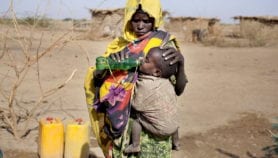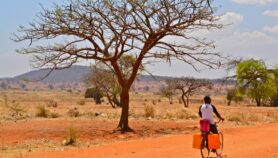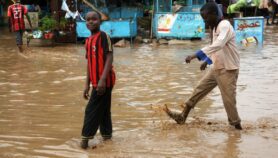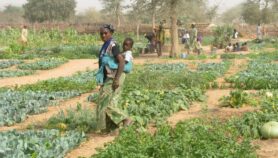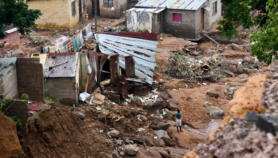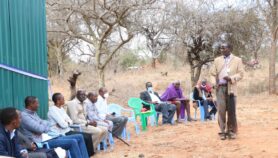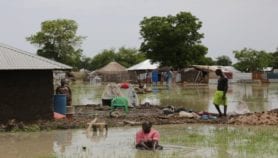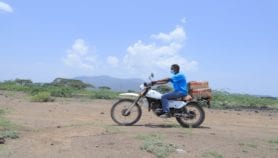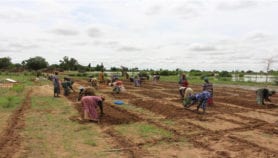27/01/21
New locust swarms to attack East Africa
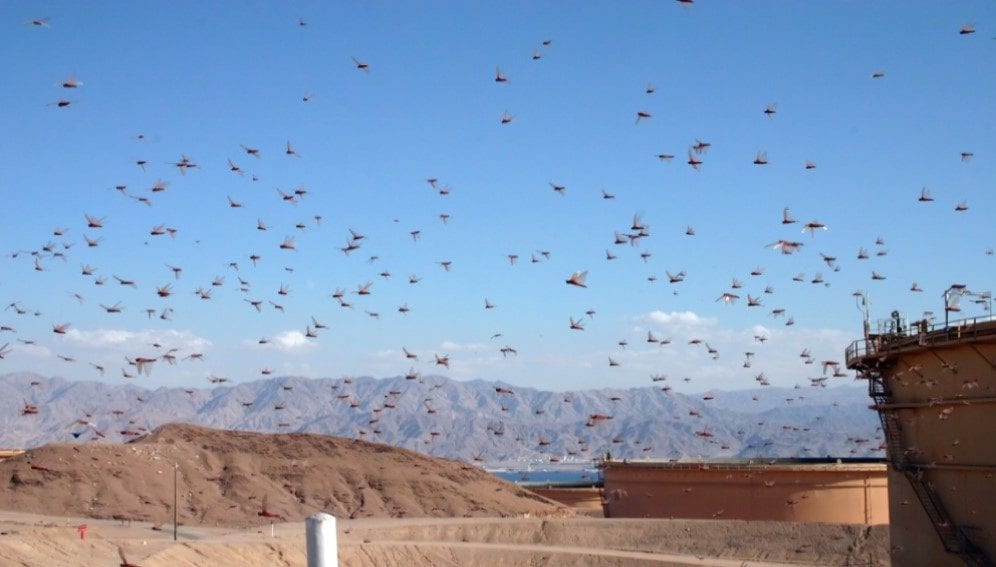
By: Dann Okoth
Send to a friend
The details you provide on this page will not be used to send unsolicited email, and will not be sold to a 3rd party. See privacy policy.
[NAIROBI] Swarms of immature desert locusts are migrating from eastern Ethiopia and central Somalia to southern Ethiopia and northern Kenya, threatening fragile regional economies, according to the UN Food and Agriculture Organization (FAO).
According to the FAO report covering January–July 2020, a very small locust swarm is capable of eating the same amount of food in one day as about 35,000 people. “A typical swarm can be made up of 150 million locusts per square kilometre and is carried on the wind, up to 150 km in one day,” the report said.
“The swarms could continue to central Kenya and perhaps a few swarms could reach the equatorial region in the southeast corner of South Sudan as well [as] in eastern Uganda,” says Keith Cressman, a senior forecasting officer at the FAO.
“We had to escape to the neighbouring Laigkipia County with our animals to save our lives.”
Stephen Lekipasharan, Isiolo County, Kenya
The current swarms are likely to concentrate in areas with natural vegetation in northern Kenya and southern Ethiopia, but they could spread further into the East African region, already reeling from the COVID-19 pandemic.
According to a World Health Organization report last week (19 January), Ethiopia ranked eighth in the WHO African region for new COVID-19 cases, with 2,980 recorded in the previous week.
An FAO report released yesterday warns that if it rains in the coming weeks, the swarms could spread as they look for conditions that would help them to mature and lay eggs.

Cressman explains that in the Middle East, breeding is underway along both sides of the Red Sea, mainly on the coast of Saudi Arabia where a mass of hoppers moving as a unit are present along a 1,000 kilometre stretch.
He says that control measures have included aerial and ground spraying using bio-pesticides, adding that there are two dozen aircraft undertaking aerial survey and control operations in Ethiopia, Somalia and Kenya.
“So far, more than 1.5 million hectares have been treated in the Greater Horn of Africa and Yemen. This has saved some 2.7 metric tonnes of crop production, which is equivalent to US$800 million and would feed 18 million people for one year,” Cressman says.
“More than 1.2 million households including more than 20 million people have been reached to safeguard livelihoods in the region in an intervention estimated to cost US$1 billion.”
Stephen Lekipasharan, a pastoralist from Kenya’s semi-arid Isiolo County, says that locust attack in 2020 nearly wiped out his livestock, and drove him from the only place he calls home.
“They devoured every green vegetation in their path, rendering the land desolate,” Lekipasharan tells SciDev.Net. “We had to escape to the neighbouring Laikipia County with our animals to save our lives.”
Cressman says that smarter and more sustainable control approaches are needed in the face of an imminent large-scale locust resurgence and as funding starts to dry up amid the COVID-19 pandemic.
A potential solution could be an artificial intelligence-powered tool known as Kuzi that uses satellite data, soil sensor data, ground meteorological observation, and machine learning to predict the breeding, occurrence and migration routes of desert locust, according to John Oroko, one of the brains behind Kuzi app and the CEO of Selina Wamucii, the Kenya-based company that developed it.
The device uses a machine-learning model trained to obtain satellite data of soil moisture, wind, humidity, surface temperature, as well as soil sensor data and vegetation index —all factors that affect the breeding, swarm formation, and movement of locusts.
Local communities can also receive mobile phone text messages as alerts when locusts are likely to attack farms in their areas, including forage for livestock so that they can prepare well in advance, Oroko adds.
Ambrose Ngetich, locust control field officer in Isiolo, Kenya, says that efforts to control locusts need to be stepped up to avert conflicts.
“In a pastoral region like Isiolo, locust invasion is not just an economic issue, it is also a security issue because loss of pasture due to the locust can lead to serious conflict over resources,” Ngetich says.
This piece was produced by SciDev.Net’s Sub-Saharan Africa English desk.




